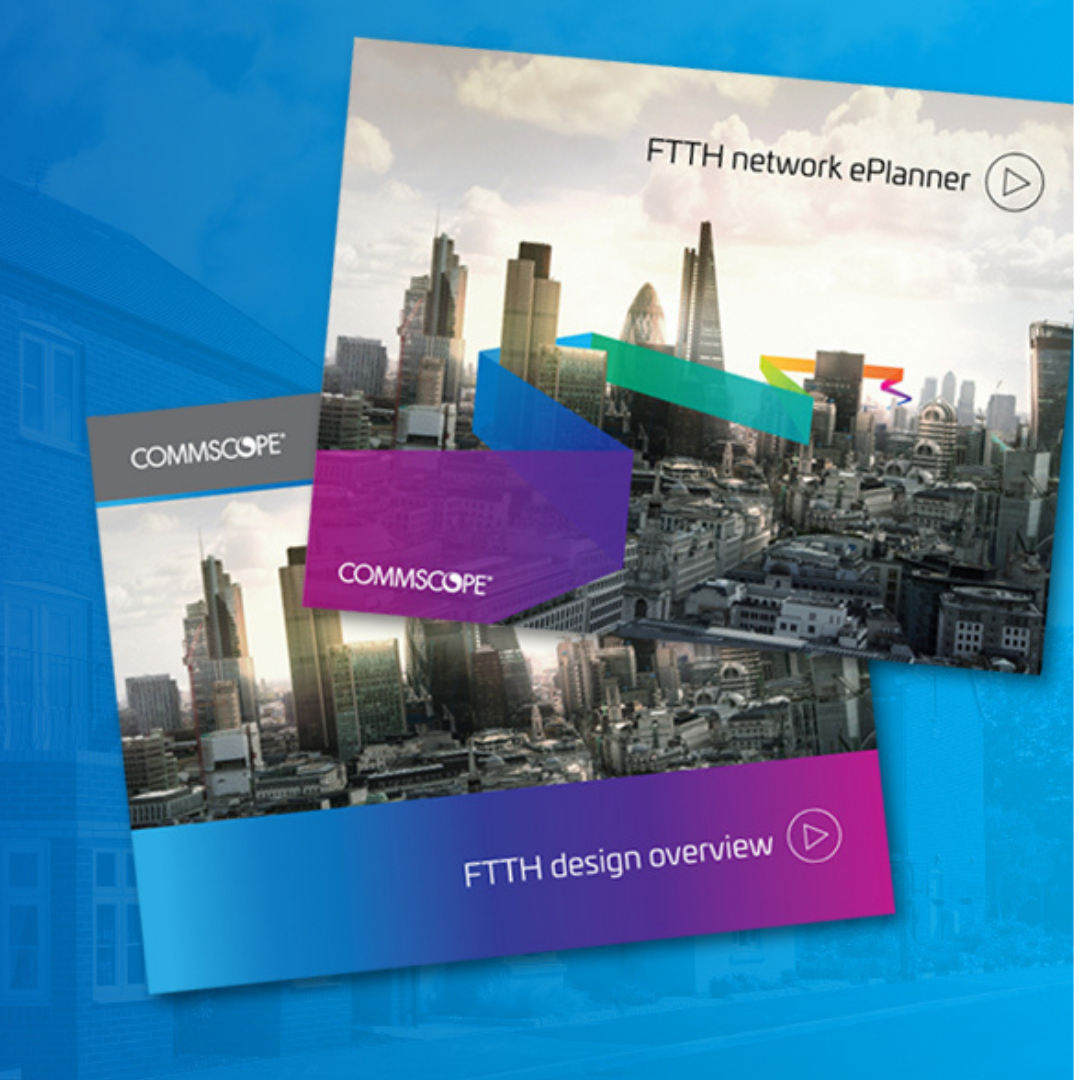While there has long been a recognised need for fair and reliable connectivity for all, the current pandemic has accelerated the urgency at which this must take place. At the same time, it has pushed the contribution made by the telecoms industry firmly into the public consciousness.
Much groundwork has been done by numerous governments and industry bodies. In the UK, for instance, industry regulator, Ofcom recently announced measures it says will help ensure competition and encourage copper switch-off.
Meanwhile, the UK government made a commitment to ensuring one million hard-to-reach homes and businesses will have nextgeneration gigabit broadband, in the first phase of its £5bn infrastructure project. But, there is a way to go, with a still-too-wide fibre gap in the UK, compared with other developed countries.
This is particularly prevalent in more rural areas. However, one rapidly growing group is striving to change the situation – the independent, alternative network providers (altnets).
The FTTH Council Europe’s most recent Market Panorama standings, which detail fibre deployment trends in Europe, highlighted the work carried out by altnets. The findings revealed that independent providers constitute the largest part of FTTH/B players, with a contribution of around 56 per cent of the total fibre expansion across the continent.
No mean feat
When you take into consideration the ever-changing market and its increased capacity demands, this is no mean feat. What’s more, many of the smaller altnets emerging still lack sufficient financial backing for long-term network growth.
To aid altnets, global network infrastructure provider CommScope developed the FTTH ePlanner, designed as a UK-specific planning tool to help guide network designers through the steps and decisions involved in the network planning process.
The ePlanner helps engineers quickly identify the best network design topology for their project. At the end of the process, it can be used to help the project team create a detailed bill of materials.
Going through a decision tree, the engineers provide information about demography type and density, take-up-rate, business case and any infrastructure constraints. The tool then walks them through the design aspects that need to be considered, and explains the available options and the pros and cons of each.
The virtual tool also considersany key regulatory and standardsbased requirements that could affect the design, with an end-goal of helping altnets reduce the amount of time and cost involved in developing and deploying networks.
As a global provider of preconnectorised, blown fibre cable, and ducted network solutions for more than 40 years, Emtelle is certainly familiar with the changing fibre landscape. The company was even a chosen partner for what some might call the ultimate alternative network, Broadband for the Rural North Ltd (B4RN), a professionally-designed fibre optic network run by a local team of landowners and volunteers, for which Emtelle has supplied more than five million metres of ducting solutions to connect rural communities. Emtelle has also been a supplier partner of closures and connectivity products from CommScope since last year, and has been using the ePlanner to assist its altnet customers.
Design for life
Colin Kirkpatrick, solutions director at Emtelle, explained: ‘There are well over 100 altnets in the UK now. Our solutions team work on new designs with our microduct solutions and we give training, support and advice to our customers – many of which are altnets. They spend time out on site with these customers, helping to assist them on their journey to provide FTTH.’
Kirkpatrick revealed how the partnership has helped with the stock and supply of closures and connectivity solutions into the UK market. ‘We also add value to them by pre-microducting them to help with installation,’ he explained. ‘The ePlanner is a very useful tool to show which CommScope products should be used where in the network, depending how the operators wish to design them. It covers the majority of the different scenarios of how to build a fibre network and it shows clearly what products are required from the CommScope brand.’
When it comes to usability of the ePlanner, Kirkpatrick explained how a seemingly simple touch provides great clarity. ‘The ePlanner has a colour scheme where you go from purple to orange, from your exchange to the actual drop to the house,’ he said. ‘It’s easy to follow, because it’s visually easy to be guided by it. I don’t think I have seen that before in any other network planner.’
A challenge for network providers is the initial decisions about whether fibre goes above or below ground, or what access they have to either the access chambers or the PIA network.
Kirkpatrick explained that once the cables are chosen for the feeder and the drop, the next stage is working out where the PON splitters and drop closures would be located, and what closure should be used.
‘Using the planner makes the job a lot easier,’ he said, ‘and it gives you additional information about what the actual product codes are, and a lot of technical information about the products as well. Having this documentation as a guide, not just for us, but for them so we are working from the same network designs, etc… makes it easier to communicate between Emtelle, CommScope and the altnets, as well as other suppliers.’
Availability of products can also be an issue for providers, as became clear to many at the start of the pandemic. But Emtelle’s customers can rest assured.
‘CommScope is part of a global organisation with manufacturing all around the world, including North Wales,’ said Kirkpatrick. ‘There’s European stockholding of the CommScope range, and there’s stock of the range for the majority of the components in two or three UK locations, so stock and availability is not an issue.
‘If UK altnets require large or small quantities of Commscope closure; if they want to view the closures fully-populated or they want to view samples, we’re happy to support them.’
CommScope FTTH network planning tools are specifically designed to guide UK AltNets through the design, selection, and identification of the necessary components for your new, future-proof fibre networks. The FTTH network design overview explains the pros and cons of available technologies and solutions. The FTTH network ePlanner presents 17 ready to implement network topologies from the central office to MDU plus a selection of most common products for each topology, so you can easily create your BOM and speed up your time to market.
Get your own copy of the FTTH Network Design overview for FREE.



